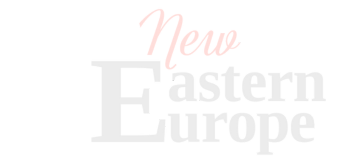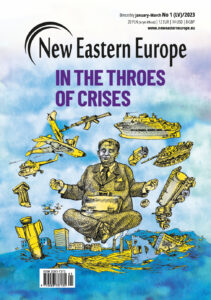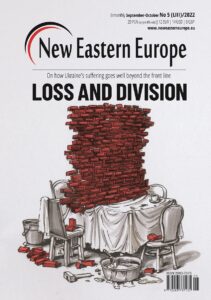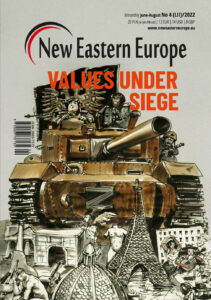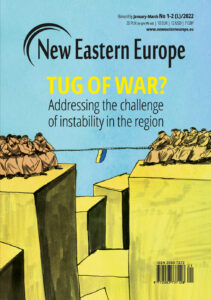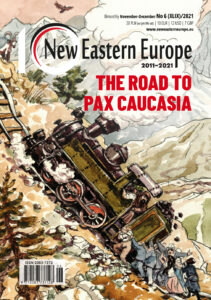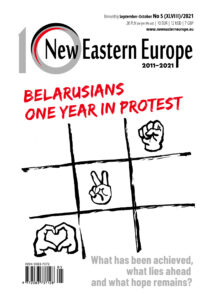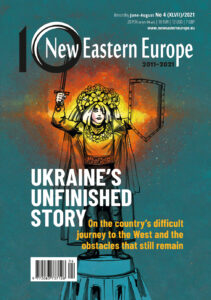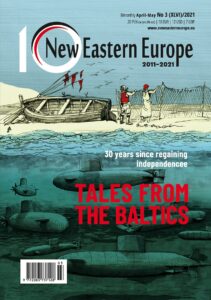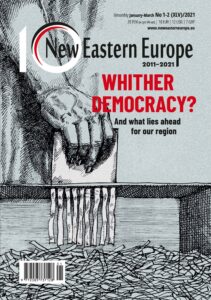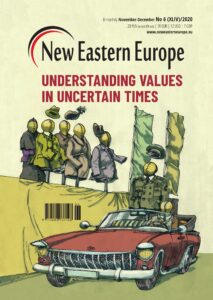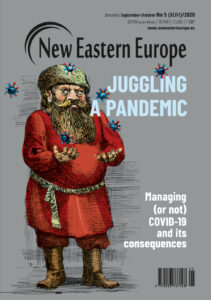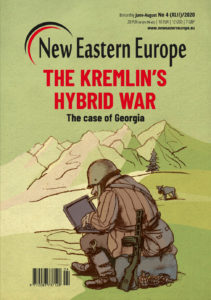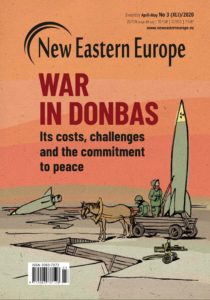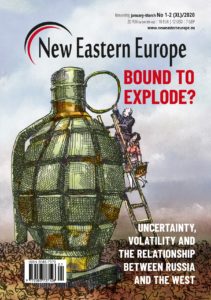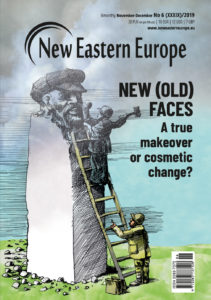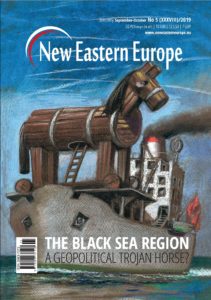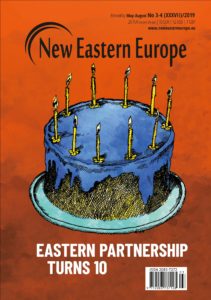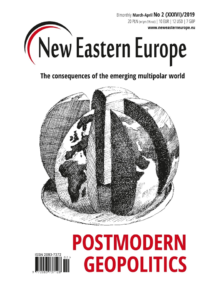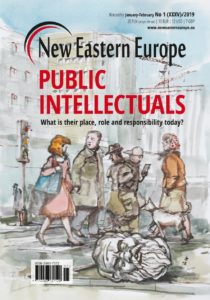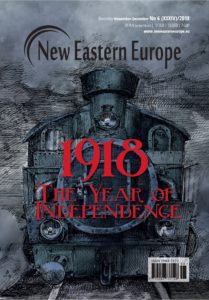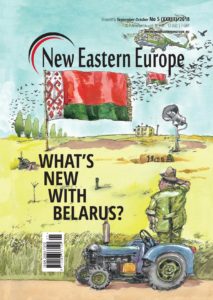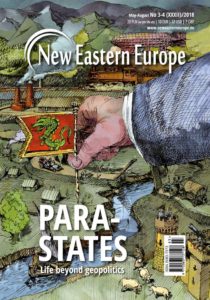Showing the Holocaust through women’s eyes
“Mother?! What does it mean? Who is this creature called mother, who with great pleasure suffers and gives birth to a new life…”. These are the words from the diary of Rywka Lipszyc – one of the most mysterious heroines of the Holocaust. Her story is the subject of an exhibit of the Galicia Jewish Museum in Kraków, Poland which is held from 28th June 2017 to 31st March 2018.
July 21, 2017 -
Monika Szafrańska
-
Books and Reviews

Rywka wrote her testimony in the Łódź Ghetto during the Second World War. However, it took over 70 years before the memories of this young Jewish teenager finally saw the public light. The handwritten pages were found by a Soviet doctor in 1945, but they stayed in her home until her granddaughter discovered them and brought them to the Holocaust Center of Northern California in 2008. If you think that Rywka’s book is yet another witness to Nazi crimes and testimony of the Holocaust, you do not give her story full justice. What makes this 14-year-old’s diary, and the exhibition devoted to her, different from many already existing testimonies of the Shoa is the fact that it was written by a female.
Not surprisingly, the female perspective seen in the exhibit and the diary are a reflection of the fact that the girl was surrounded mainly by women, with little access to the men’s world. Thus, the popularisation of Rywka’s memoires, as I am told by Anna Wencel who is the Education Manager at the Galicia Jewish Museum, is an important contribution to the discussion on the Holocaust that shows it through women’s eyes.
Undoubtedly, the biggest value of the exhibition are the photographs of the content of the diary. In a most poignant way they reveal information about Rywka’s family, her faith in God and her daily activities. However, also quite interestingly, these original texts are accompanied by comments of a group of experts, including a psychologist, a physician, a historian, a rabbi and a dietician. And in line with the exhibition’s theme, these experts are all female.
In this way the exhibit organisers stress the difference of their project from others, explaining that most of the Holocaust’s history has been written and told from the male perspective. To create a more comprehensive picture, this exhibit presents photos of young girls’ faces. Maybe Rywka is among them. We don’t know. In fact, we do not know much about the girl whose memoirs we read, as there is no visual trace left of her. Until today nobody is certa

in what she looked like or what happened to her – the last sign of her presence comes from a few months after the war ended. She could even be alive today. The only thing that remains of her is the diary.
The exhibition presents a wider context than the content of the diary. It displays other historical documents and artefacts. Most of them, like jewelry or shoes, are connected with women’s life from that time. They are not only an informative, but also a symbolic way to illustrate the story of a girl who so much wanted to be a writer. At the same time, the composition might help us open our eyes and notice that not everything has been already told and there are other perspectives in talking about the past.
Nevertheless, the exhibit shows that six million victims of Holocaust is not only a massive number or statistic. Its interpretation demands a distinction between male and female, and listening to both of them the same way. Only then you can get a full overview of the Holocaust… if you ever can get a full overview of something like that.
Monika Szafrańska is a student of European Studies and Journalism and Social Communication at Jagiellonian University. She is intern with New Eastern Europe.

